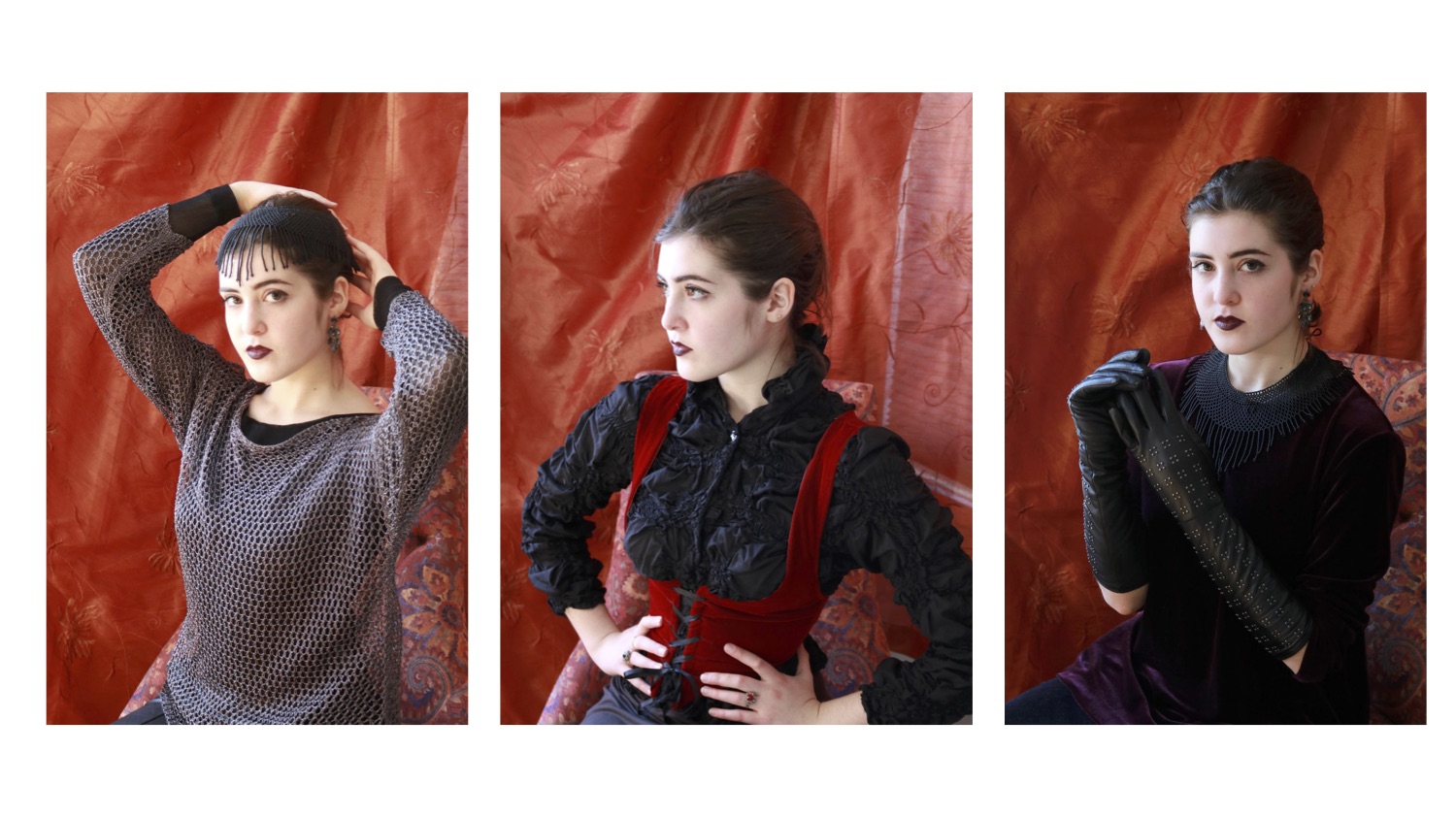Oxford SU has voted in favour of a boycott of the National Student Survey (NSS), owing to concerns that it would lead to higher tuition fees.
Oxford SU is now mandated to campaign against the survey, and encourage other student unions to join the boycott. The motion was motivated by fears that the NSS will inform part of the government’s Teaching Excellence Framework (TEF), which critics say open up possibility of raising tuition fees at high ranking universities.
The motion was proposed by former Oxford University Labour Club co-chair Tom Zagoria, of St Anne’s College. The motion passed with 75 per cent in favour, meeting the two-thirds majority required for the motion to pass.
Many who spoke in favour of the motion cited that the survey would lead to differential fees for different universities, with fears those from lower socio-economic backgrounds would be discouraged from applying to higher-ranking universities, instead applying to those with lower tuition fees.
Speaking to Cherwell after the motion passed, Tom Zagoria said: “I’m very happy with the result. Obviously with a 75 per cent majority in the final vote, it is clear that there is a significant majority of Oxford students represented.
“I think Oxford students in general are going to be very pleased that we are going to be keeping up this fight to stop the marketisation of our education system.”
Concerns were raised at the meeting about the effectiveness of the boycott, compared to last year. Catherine Canning, Oxford SU vice president for Access and Academic Affairs, said the link between the TEF and tuition fee rises had been suspended until 2019.
She also noted that the weighting put on the National Student Survey in determining TEF score for institutions had been reduced to 25 per cent.
She wanted to seek the support of the National Union of Students (NUS) to find alternative means of campaigning against this “marketisation of higher education”, in part to avoid diverting resources away from Oxford SU’s other activities.
Canning proposed an amendment to this effect and to campaign against this “marketisation of higher education”, but it was voted down with 68% in opposition.
At the end of the meeting, Oxford SU President Kate Cole, while raising concerns about the boycott, said that the SU would campaign “unequivocally” for the boycott.
A spokesperson for Canning told Cherwell: “The purpose of student council is to ensure that the SU officers work on the issues that are most important for students.
“The debate and vote in council clearly showed that boycotting NSS is very important for the student body, and for that reason, we will of course prioritise the boycott of NSS.
“The SU has limited resources to deliver the boycott, but we are currently working to put together a plan that will allow us to use our resources as effectively as possible to ensure that we can deliver a successful boycott of NSS with a minimum impact on the other projects we are working on.
“In the debate, several members of the student body offered their time and labour to support the boycott, and we welcome this help and hope to work together with these students.”
The survey is run by Ipsos Mori and requires responses from 50 per cent of finalists in order to have any effect.
A similar University-wide protest last year led to Oxford being only one of four universities to be left out of survey results. Only 31 per cent of Oxford students completed the NSS in 2017.
Cambridge University Student Union (CUSU) has already boycotted the survey this year.
One of the later organisers of the campaign, Anastazja Oppenheim, told Cherwell last week: “The fight needs to continue and, building on the experiences of this past year, we can make the boycott in 2018 even more effective.”
Oxford University said in a statement: “In common with other UK universities, we write to our students every year to make them aware of the National Student Survey (NSS).
“This exercise is entirely unrelated to the Teaching Excellence Framework.
“The NSS allows students to tell us what they liked and didn’t like about their time at Oxford, giving us valuable feedback as we seek to improve the student experience.”




